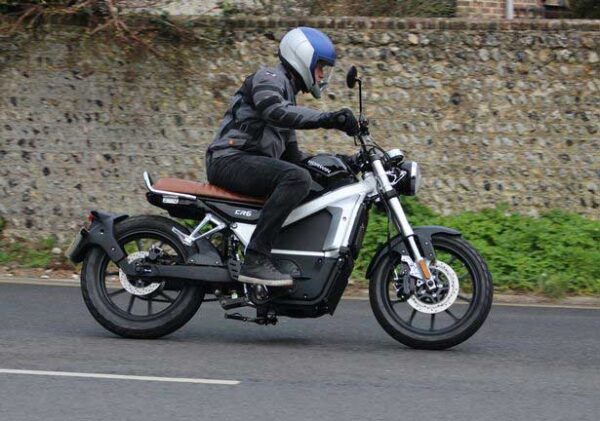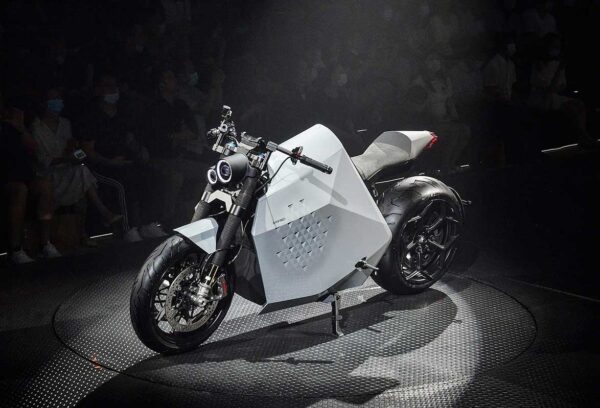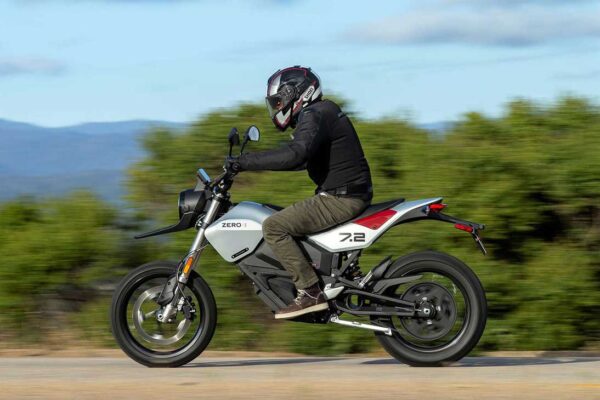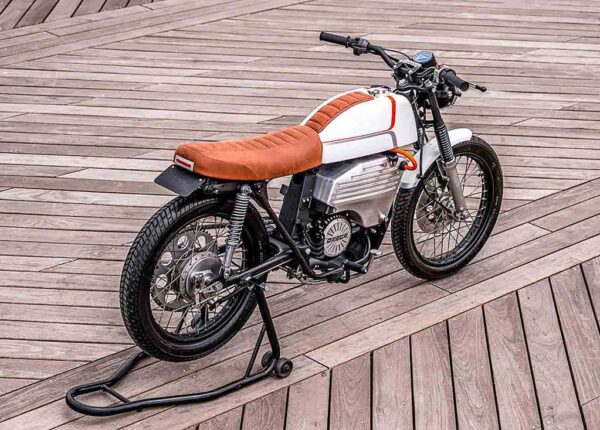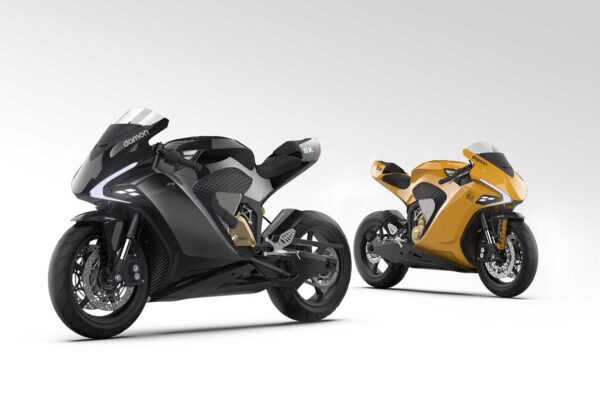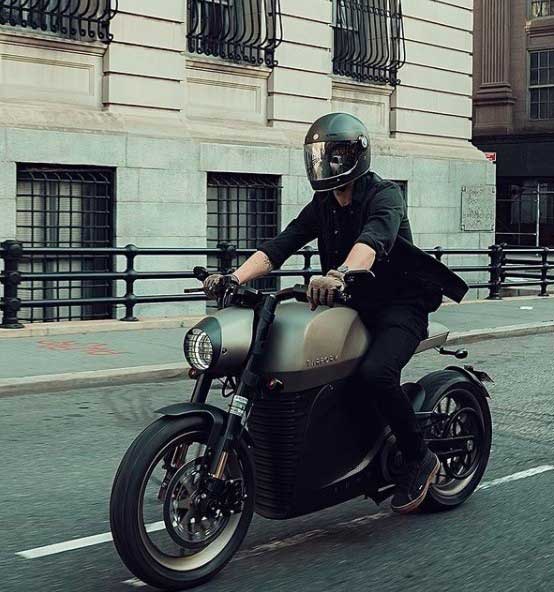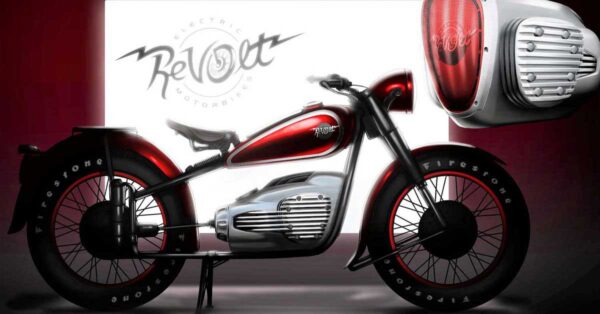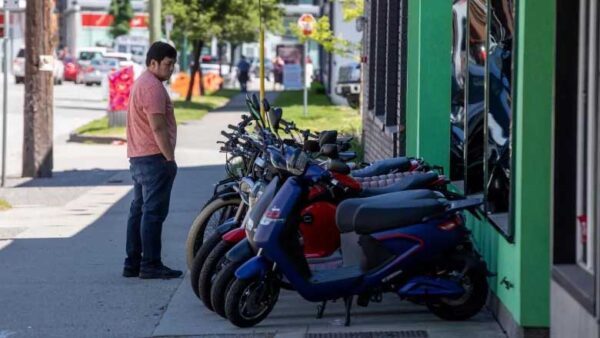Electric dream: Horwin CR6 reviewed
by Fraser Addecott from https://www.mirror.co.uk Sales of electric two-wheelers are booming and with manufacturers producing bikes like this one, it’s easy to see why. It seems difficult to keep up with the number of new electric two-wheelers coming on to the market these days. The trend was already under way and has only been accelerated by the pandemic, with commuters and others looking for alternatives to public transport. Figures from the Motorcycle Industry Association show sales of electrics for June up 155% compared to the same month last year. Sales for the year up until last month are also up 210% compared to the same period in 2020. That is impressive growth, with the majority of bikes sold falling in the 50cc and 125cc equivalent categories. Artisan Electric is a British company established in 2016 with a “mission to change the face of electric motorcycles and scooters with industry-leading innovation and product quality”. The company offers a range of seven electric bikes and scooters – and the one I am testing here is the CR6. This is a 125cc-equivalent machine, with a pretty cool retro-meets-futuristic look. The air-cooled electric motor is powered by a 3.96kWh Panasonic lithium-ion battery. Careful riding will produce a range of around 60 miles. Haring around flat out – top speed is about 55mph – will cut your range to around 30 miles. That may not sound much, but the CR6 is aimed at commuters and for jaunts into town, so it’s perfectly adequate. A full charge from zero takes around four hours, but bear in mind you’ll hardly ever be charging from completely flat, so shorter times are more realistic. Charging is via a standard three-pin socket and a socket in the side of the bike. The battery comes with a reassuring three-year warranty. On […]
Electric dream: Horwin CR6 reviewed Read More »

